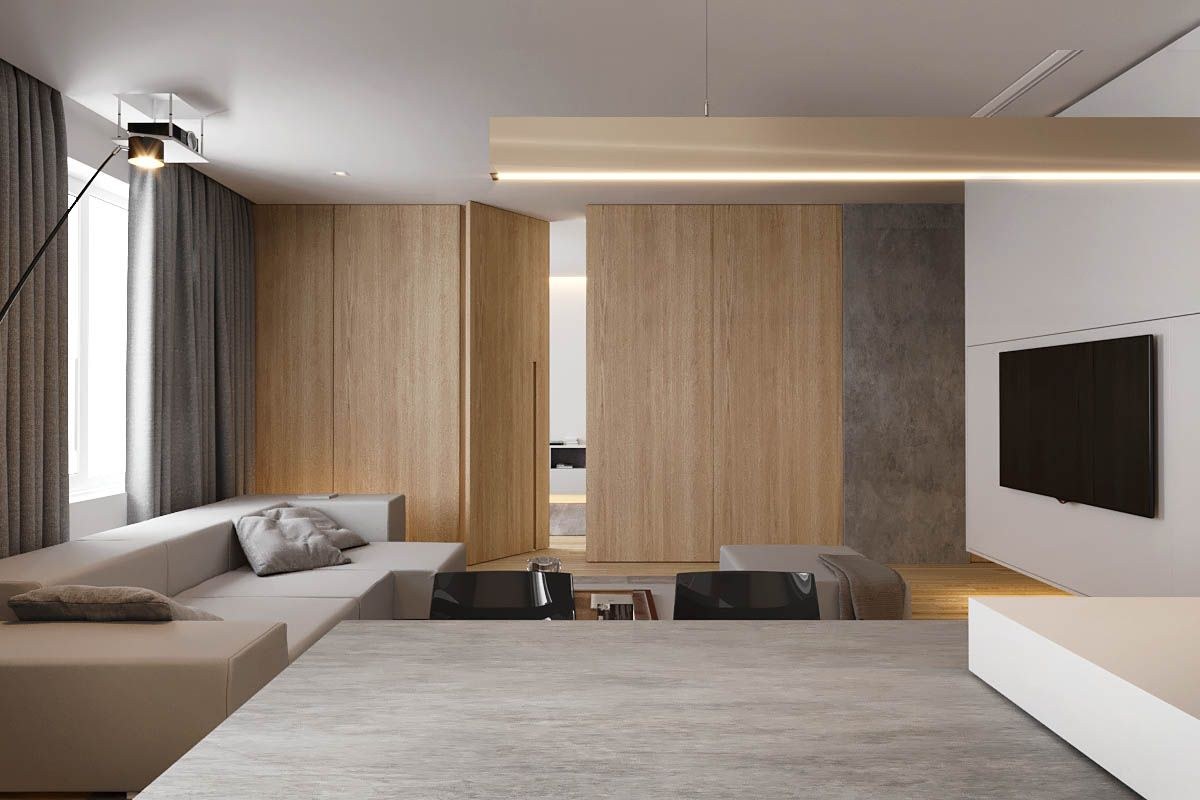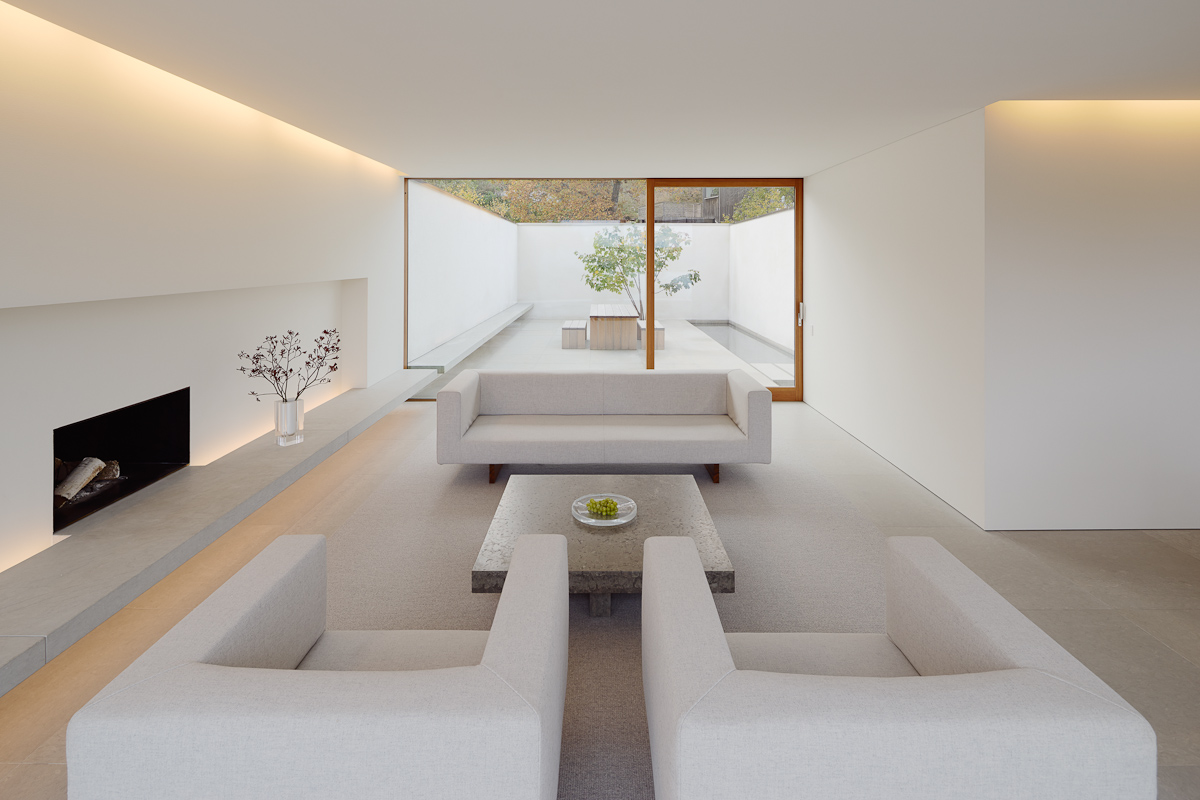Minimalism is a style that transforms homes into refuges of calm and functionality. Originally published on a design platform, this approach, based on simplicity and Mies van der Rohe’s «less is more,» continues to captivate with its elegance and sustainability. Here, we explore its key principles, characteristics, and benefits so you can apply them today.
What is minimalist design?
Minimalism in interiors eliminates the superfluous to highlight the essential. Born in the 1960s as an artistic movement—coined by Richard Wollheim—and inspired by Bauhaus and Japanese design, it seeks open, organized, and functional spaces. «It is simplicity with purpose,» says Coghlan, a balance between pure aesthetics and practical living.
Basic principles
Neutral colors: Whites, grays, and beiges enhance light and calm.
Natural materials: Wood, stone, and glass add warmth without excess.
Less decoration: Every piece has a role, avoiding visual chaos.

History and roots
Minimalism emerged as a reaction to excess, evolving from art to a lifestyle. Influenced by Japanese simplicity and the functionality of Bauhaus, today it is synonymous with well-being and modernity.
7 keys to a minimalist space
Color: Use neutrals—white, gray, black in contemporary touches—to expand and calm.
Functional furniture: Simple, multifunctional pieces without unnecessary adornments.
Clean ceilings: Flat or with subtle lines in light tones to maximize space.
Modern ceilings: Discreet details like recessed lighting elevate the aesthetic.
Ceiling ideas: Fine moldings or natural materials reinforce sobriety.
Materials and textures: Untreated wood, glass, and smooth stone connect with nature.
No clutter: Everything has its place, creating visual and mental harmony.

Villa Palmgren, John Pawson Limited
How to implement it
Start by clearing out: store what you don’t use, choose useful furniture, and play with natural light. «Every decision counts,» emphasizes Coghlan. Think of it as a clean canvas where less is more.
Benefits of minimalism
Psychological: Reduces stress and improves focus by eliminating distractions.
Sustainability: Durable materials and less consumption align the style with a greener planet.
Why it matters in 2025
On March 2025, minimalism is not just a design style—it is an antidote to modern chaos. As Coghlan says, «An organized space is a peaceful mind.» Its fusion of functionality, beauty, and environmental respect makes it ideal for conscious homes. Try its principles today—your home and your well-being will notice the difference.

